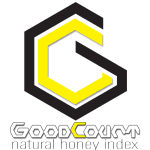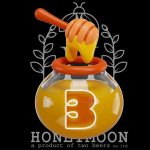Frequently Asked Questions about Honey
The site you're on is our second attempt to improve the level of electronic service to you honey lovers. In our second year of e-activity, we decided to answer some of your serious, recurring and important questions about the types of natural honey and the margins, frankly and without obligation. And we don't worry about the displeasure of our colleagues, because we're sure our colleagues are honey-peddlers with the right attitude, who are looking for enlightenment.
1- Is there fake or fake honey?
There are all kinds of fraud in honey production. The most prominent form of counterfeiting is the substitution of artificial honey for natural honey.
2- Why do they sell artificial honey instead of natural honey?
The price per kilo of natural honey is about 500 thousand tomans and the price per kilo of industrial honey is 50 thousand tomans!
3. How can we recognize industrial honey?
Because they add flavoring and color to it, it's hard to tell, but overall it tastes and smells like caramel, burnt sugar and diluted sugar.
4. What does industrial honey taste like?
Industrial honey does not dissolve quickly in the mouth and remains on the tongue in the form of a ball of yeast until it dissolves slowly.
5- Which...

 عسل گودکرت
عسل گودکرت عسل هانی مون
عسل هانی مون عسل تایپ یک
عسل تایپ یک عسل تایپ دو
عسل تایپ دو عسل تایپ سه
عسل تایپ سه عسل تایپ چهار
عسل تایپ چهار

 عسل گودکرت
عسل گودکرت